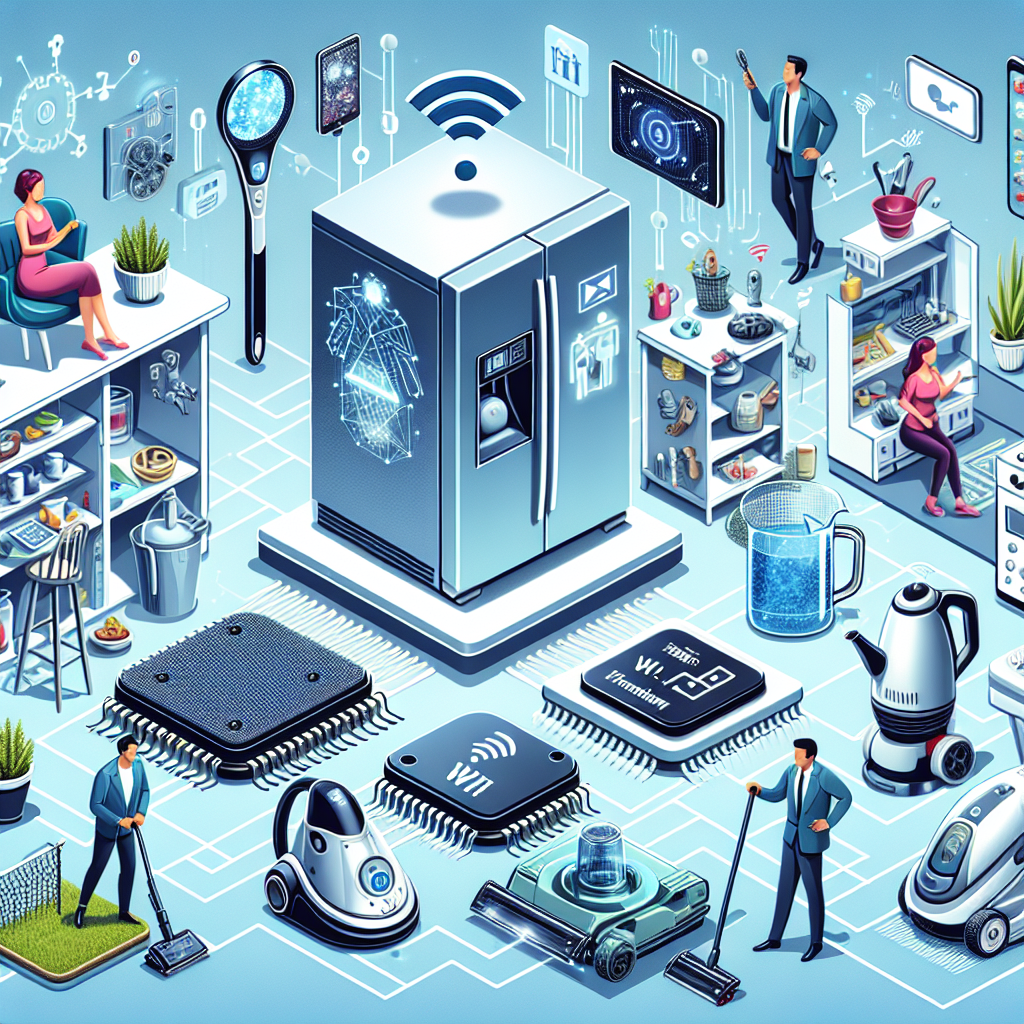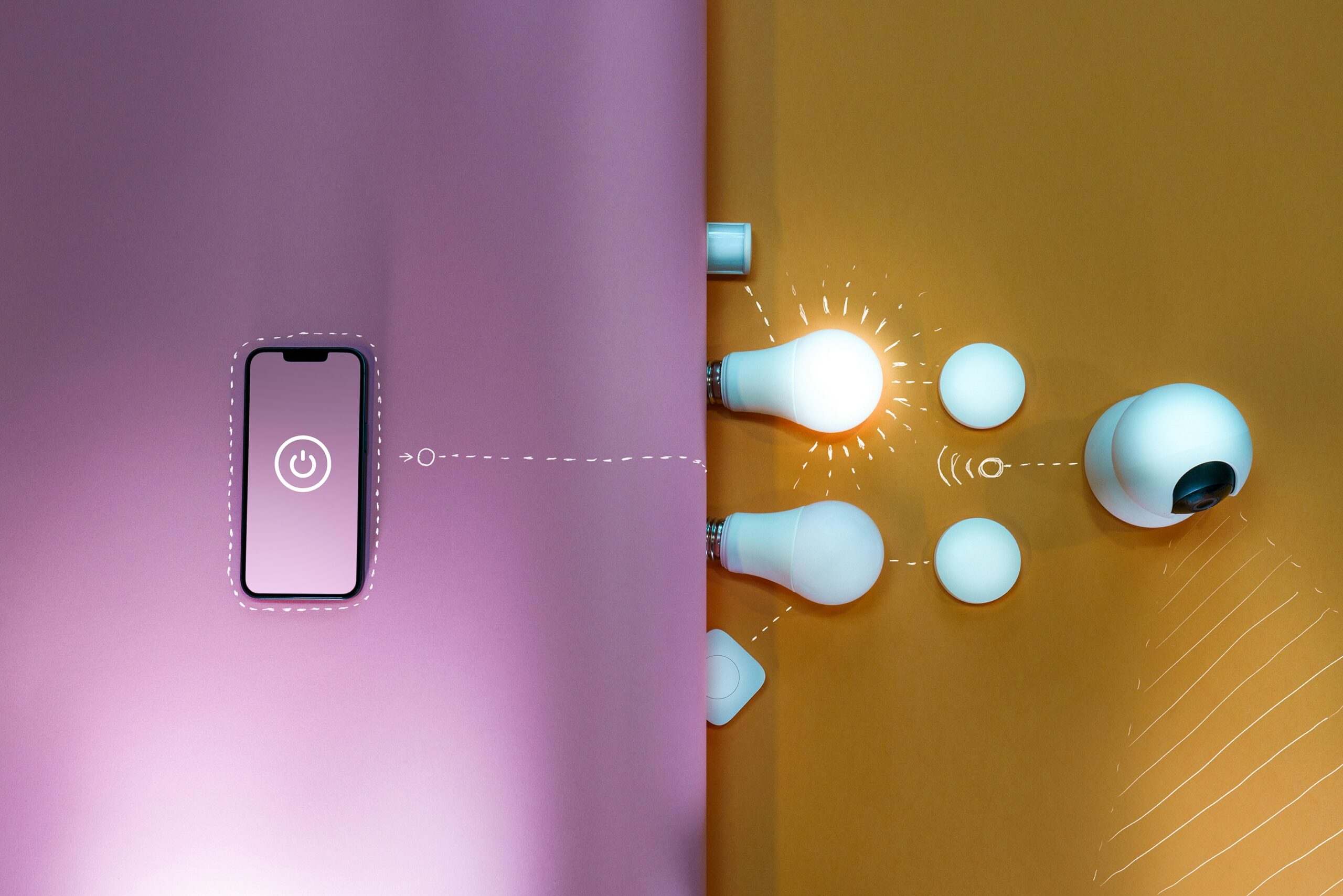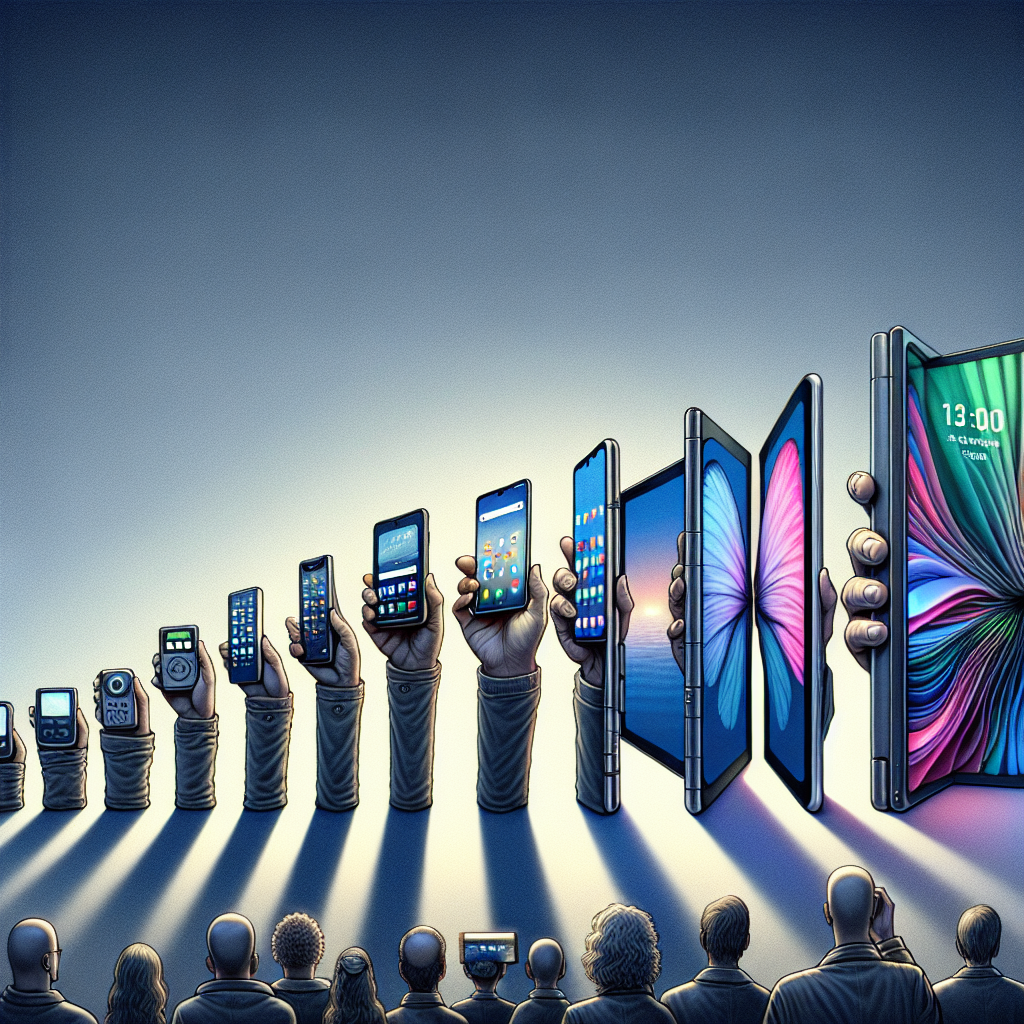Artificial Intelligence (AI) is no longer the stuff of science fiction. From smartphones to smart toasters, AI in everyday gadgets is changing how we live, work, and play. These intelligent devices learn from our habits, predict our needs, and even make autonomous decisions to improve our comfort and efficiency.
In this article, we dive into how AI is transforming our day-to-day lives through the gadgets we use — and what this means for the future.
What Is AI in Gadgets?
AI in consumer gadgets refers to built-in algorithms that enable devices to analyze data, recognize patterns, and make decisions without constant human instruction. Unlike traditional automation, AI allows gadgets to “learn” and adapt over time.
Real-World Examples of AI in Gadgets
- Smartphones
- AI-powered cameras that adjust settings automatically
- Voice assistants like Siri and Google Assistant
- Battery optimization based on usage patterns
- Smart TVs
- Content recommendations based on viewing history
- Voice control and facial recognition features
- Home Assistants
- Devices like Amazon Echo and Google Nest use AI to control smart home systems, answer queries, and even hold conversations
- Wearables
- Smartwatches and fitness bands use AI to monitor health metrics, detect abnormalities, and recommend improvements
🔗 Related read: Smart Home Devices You Didn’t Know You Needed
How AI Improves Functionality
- Personalization: Devices adjust to individual preferences and routines
- Predictive Performance: AI anticipates actions (e.g., suggesting leaving early for work based on traffic)
- Energy Efficiency: Smart thermostats like Nest reduce power consumption by learning when you’re home
- Safety & Security: AI-enabled doorbells and security cameras detect suspicious activity in real time
External Innovations
Tech giants are investing heavily in AI-enhanced hardware:
- Google’s Tensor chip was built specifically to improve on-device AI in Pixel phones
- Apple’s Neural Engine enables Face ID, advanced photo processing, and voice recognition
Concerns and Considerations
- Privacy: AI systems collect a lot of personal data. Understanding and managing permissions is crucial
- Bias: AI learns from data — and biased data can lead to flawed decisions
- Dependence: Over-reliance on smart gadgets might reduce our problem-solving and critical thinking abilities
The Future of AI in Gadgets
Expect smarter, more intuitive devices that blur the line between physical hardware and virtual intelligence. We’re moving toward homes, workplaces, and cities that respond to us automatically — even emotionally.
Final Thoughts
AI in everyday gadgets is enhancing convenience, efficiency, and even creativity. As this technology matures, it will likely become invisible yet indispensable — shaping the very way we experience daily life.
Explore more tech insights:




